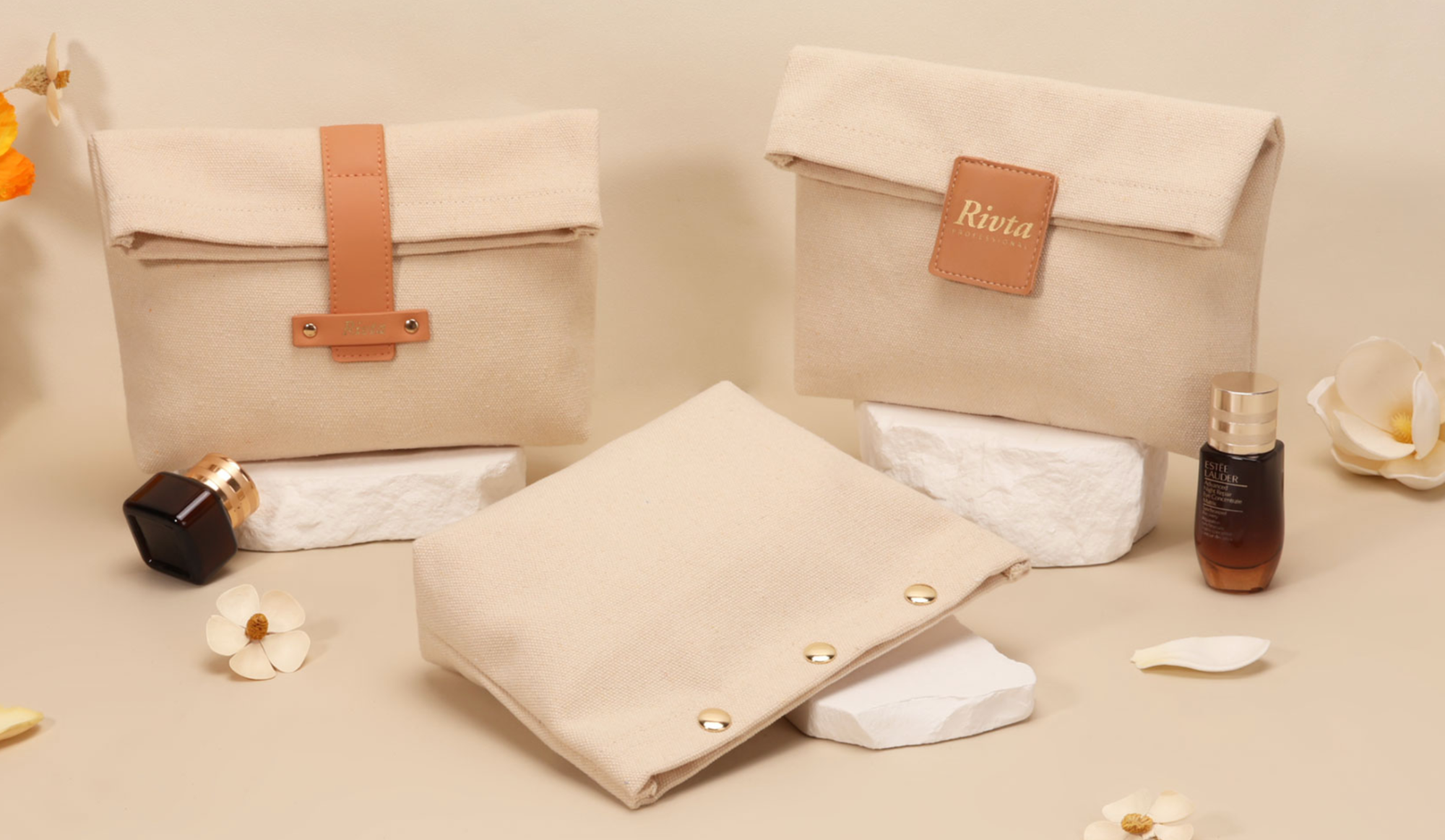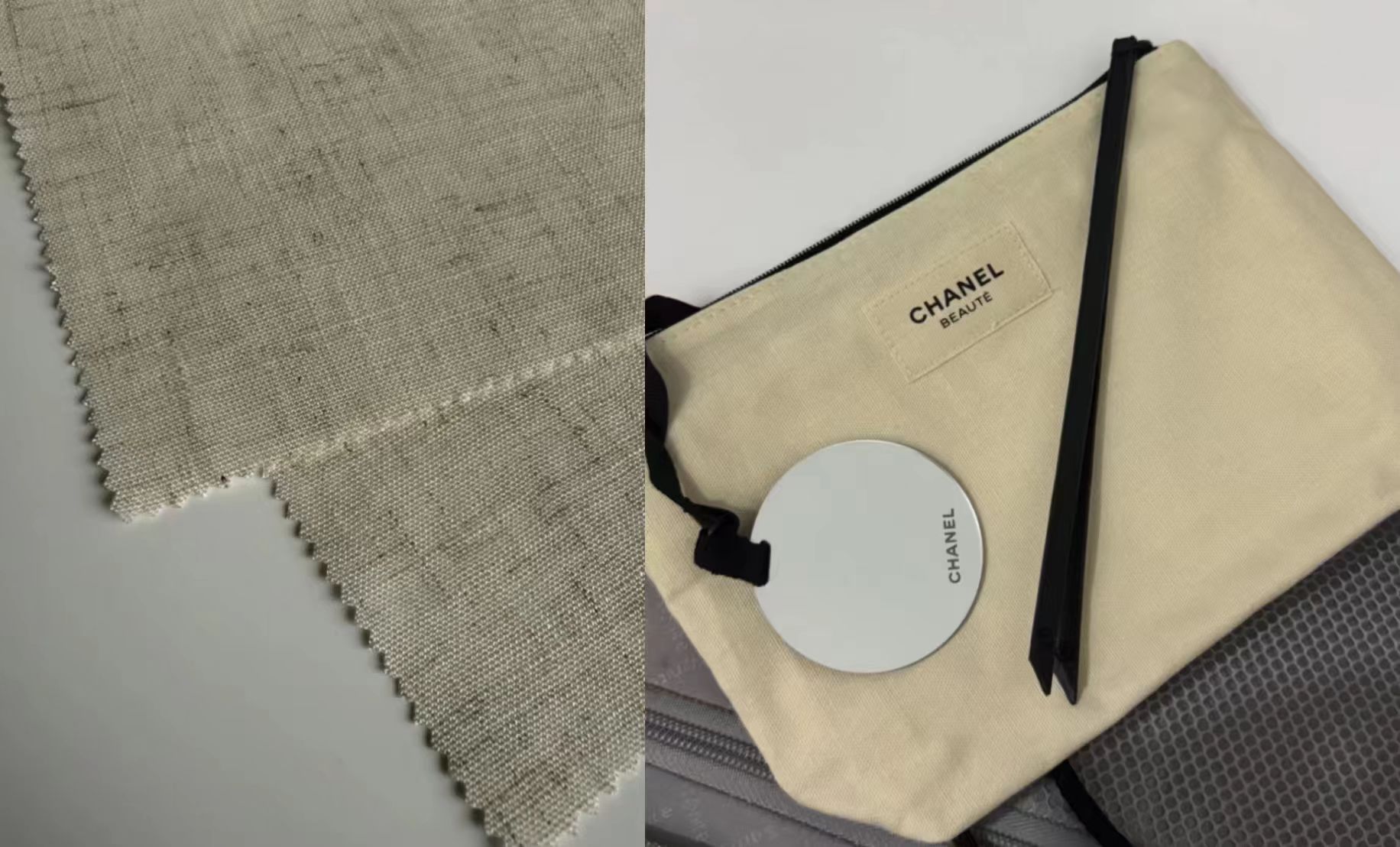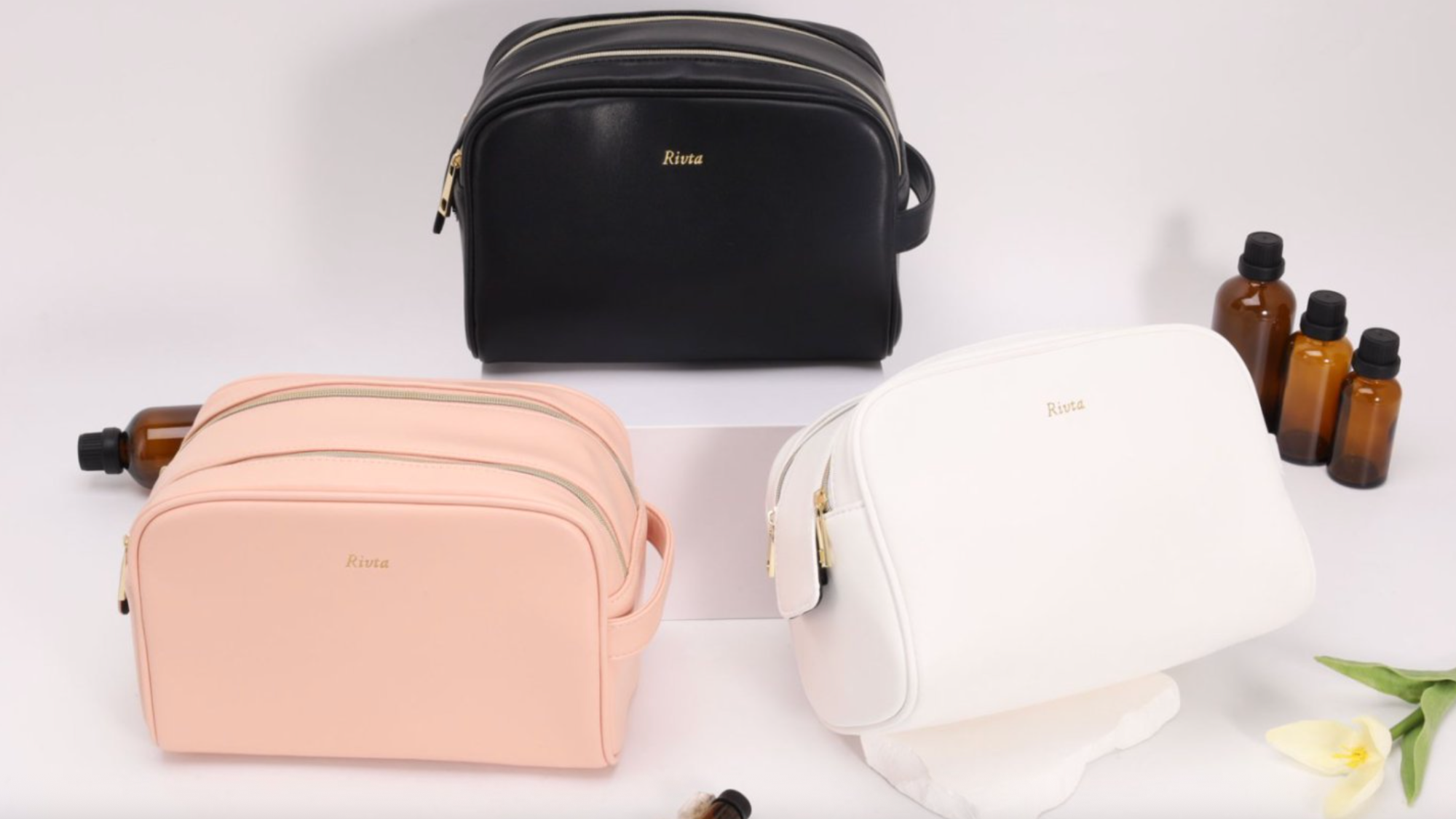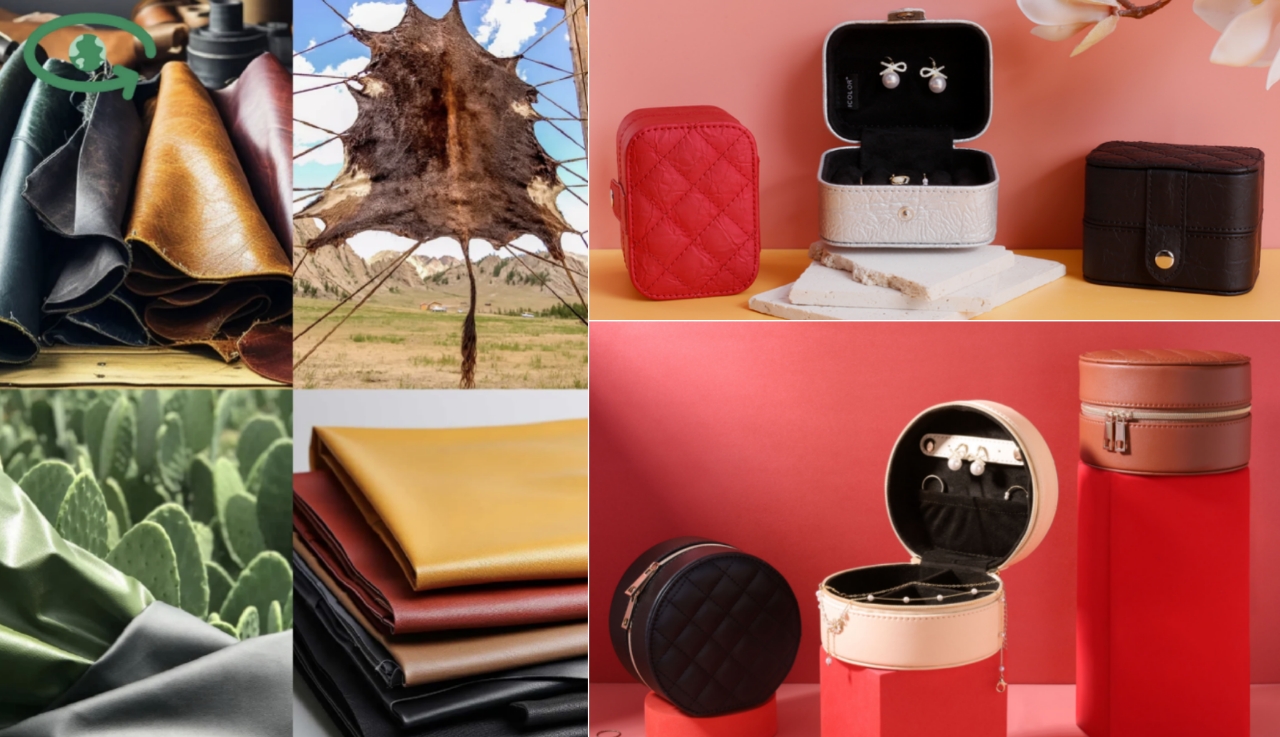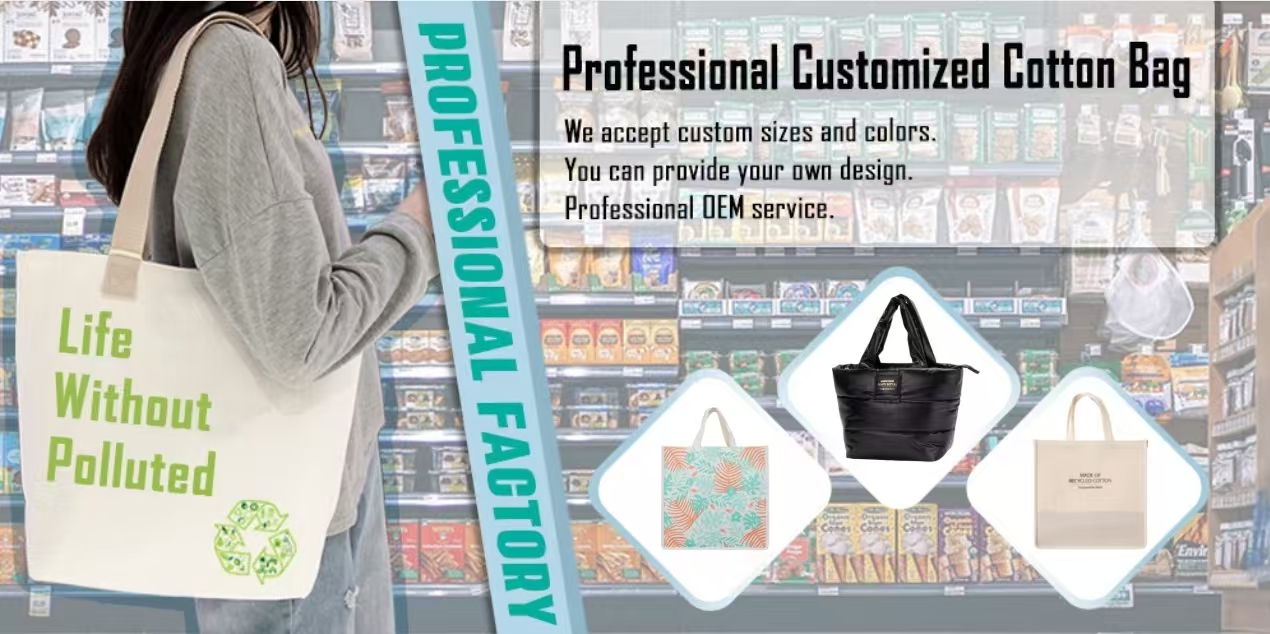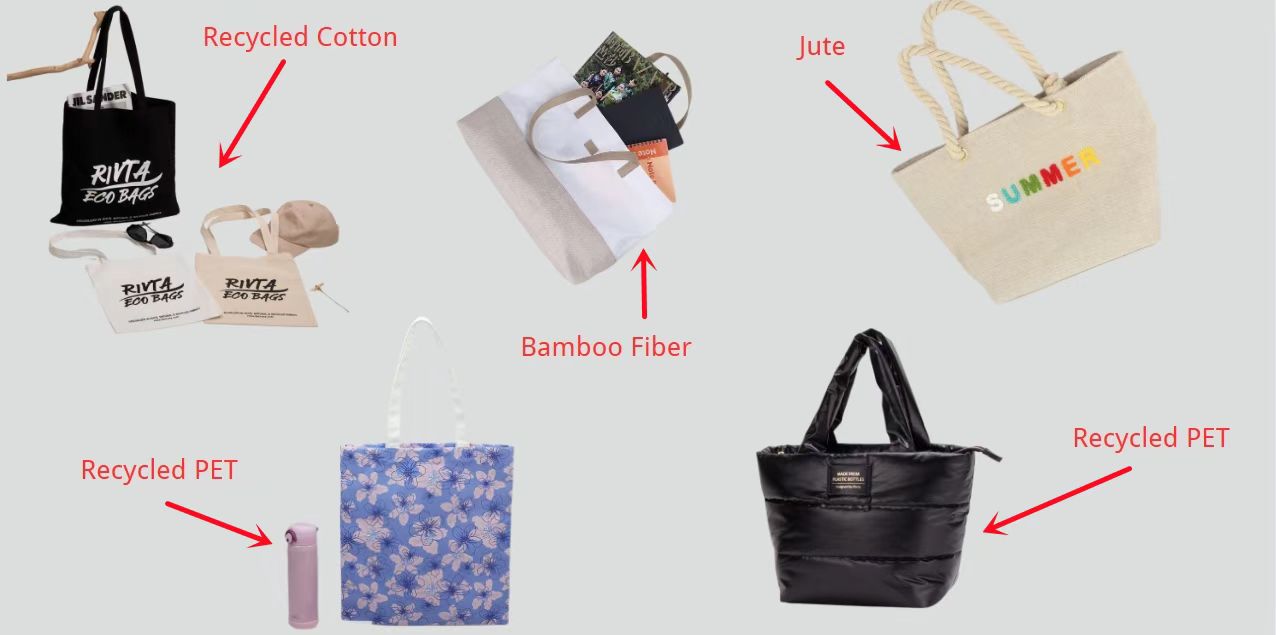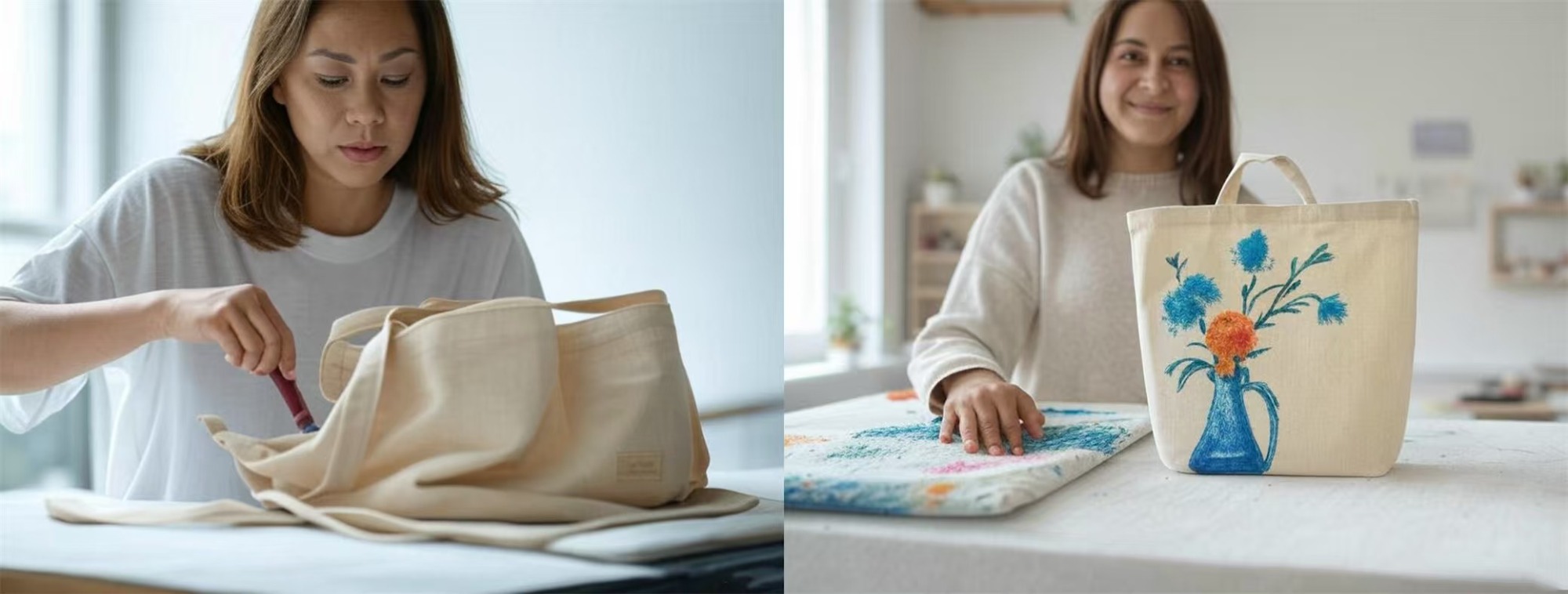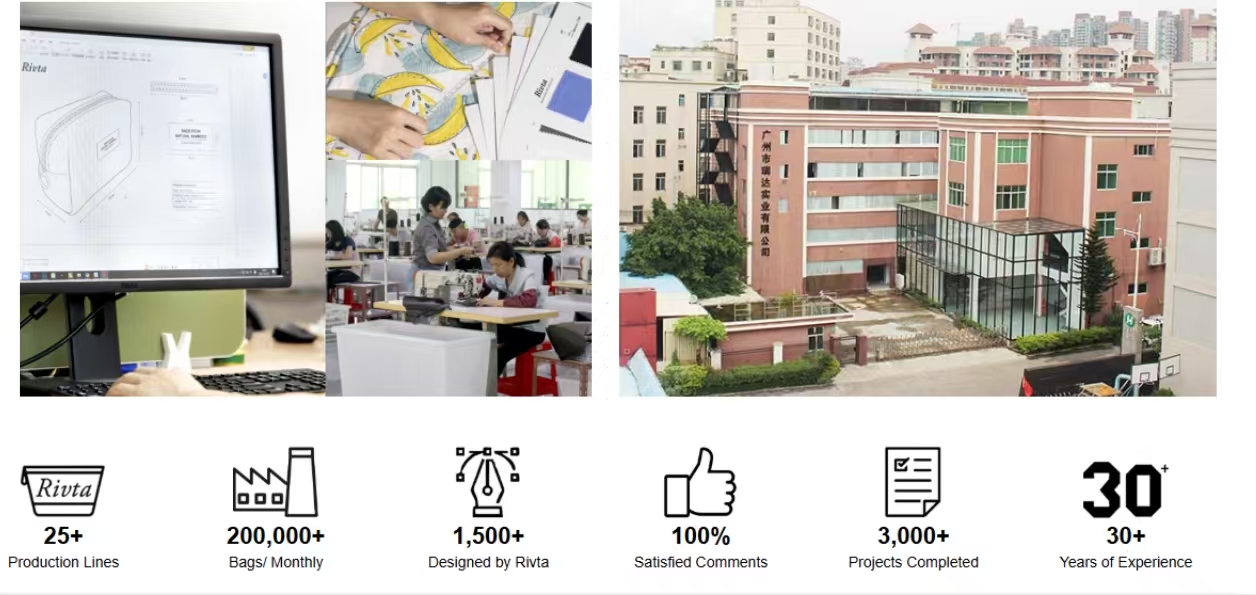9 Steps to customizing your branded tote bag
Tote bags have become more than just a practical accessory—they’re a canvas for self-expression, branding, and creativity. Whether you’re a small business owner looking to promote your brand, an artist showcasing your designs, or an individual wanting a unique accessory, customizing a branded tote bag is a fantastic way to make a statement. In this comprehensive guide, we’ll walk you through the step-by-step process of creating your own branded tote bag, from conceptualization to production. By the end, you’ll have the tools and knowledge to craft a tote bag that’s both functional and visually stunning.
Step 1: Define Your Purpose and Audience
Before diving into the design process, it’s essential to clarify the purpose of your branded tote bag and identify your target audience. Ask yourself the following questions:
What’s the goal?Are you creating tote bags for promotional giveaways, retail sales, personal use, or event swag? The purpose will influence the design, materials, and budget.
Who is the audience?Are you targeting eco-conscious consumers, fashion-forward individuals, or corporate clients? Understanding your audience’s preferences will guide your aesthetic and functional choices.
What message do you want to convey? Your tote bag should reflect your brand’s values, whether it’s sustainability, creativity, or professionalism.
For example, if you’re a sustainable clothing brand, you might opt for organic cotton tote bags with minimalist, eco-friendly designs. If you’re an artist, vibrant colors and bold graphics might better suit your style.
Step 2: Choose the Right Tote Bag Material
The material of your tote bag plays a significant role in its durability, appearance, and environmental impact. Here are some popular options:
Cotton/Canvas: Durable, versatile, and eco-friendly, cotton and canvas tote bags are ideal for everyday use. They’re easy to print on and come in various weights (measured in ounces, e.g., 8 oz or 12 oz).
Polyester: Affordable and lightweight, polyester is a good choice for budget-conscious projects. It’s also water-resistant, making it suitable for outdoor use.
Jute: With a rustic, natural look, jute is a sustainable option that’s sturdy and biodegradable. It’s perfect for brands emphasizing eco-friendliness.
Recycled Materials: Tote bags made from recycled plastic bottles or fabrics appeal to environmentally conscious consumers.
Leather or Faux Leather: For a premium, high-end look, leather or faux leather tote bags are great for luxury brands or corporate gifts.
Consider your budget, audience, and brand identity when selecting a material. For instance, a small business might choose cotton for its affordability, while a luxury brand might opt for leather for a premium feel.
Step 3: Select the Size and Style
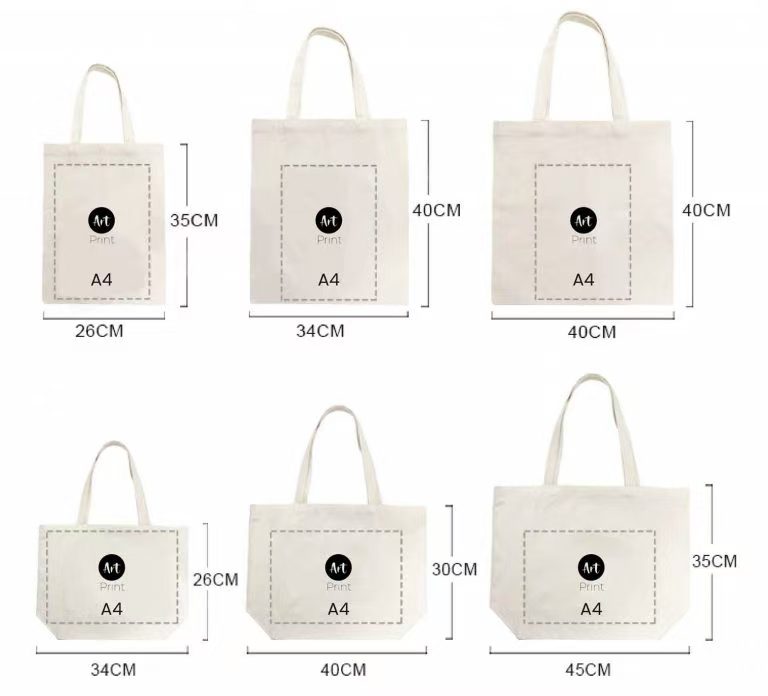
Tote bags come in various sizes and styles, so choose one that aligns with your purpose:
Size: Standard tote bags are around 35 × 40 cm, but you can go smaller (e.g., 30 × 35 cm for a mini tote) or larger (e.g., 40 × 45 cm for a beach bag). Consider how the bag will be used—smaller totes are great for books or groceries, while larger ones are ideal for travel or shopping.
Style: Decide on features like gussets (side panels for extra capacity), handles (short, long, or padded), and closures (open-top, zipper, or magnetic snap). For example, a promotional tote might have long handles for easy carrying, while a retail tote might include a zipper for security.
Test the size and style by imagining how your audience will use the bag. A tote for a trade show should be spacious enough to hold brochures and swag, while a retail tote should feel stylish and practical.
Step 4: Create a Standout Design
The design is the heart of your branded tote bag.Here’s how to create a visually appealing and effective design:
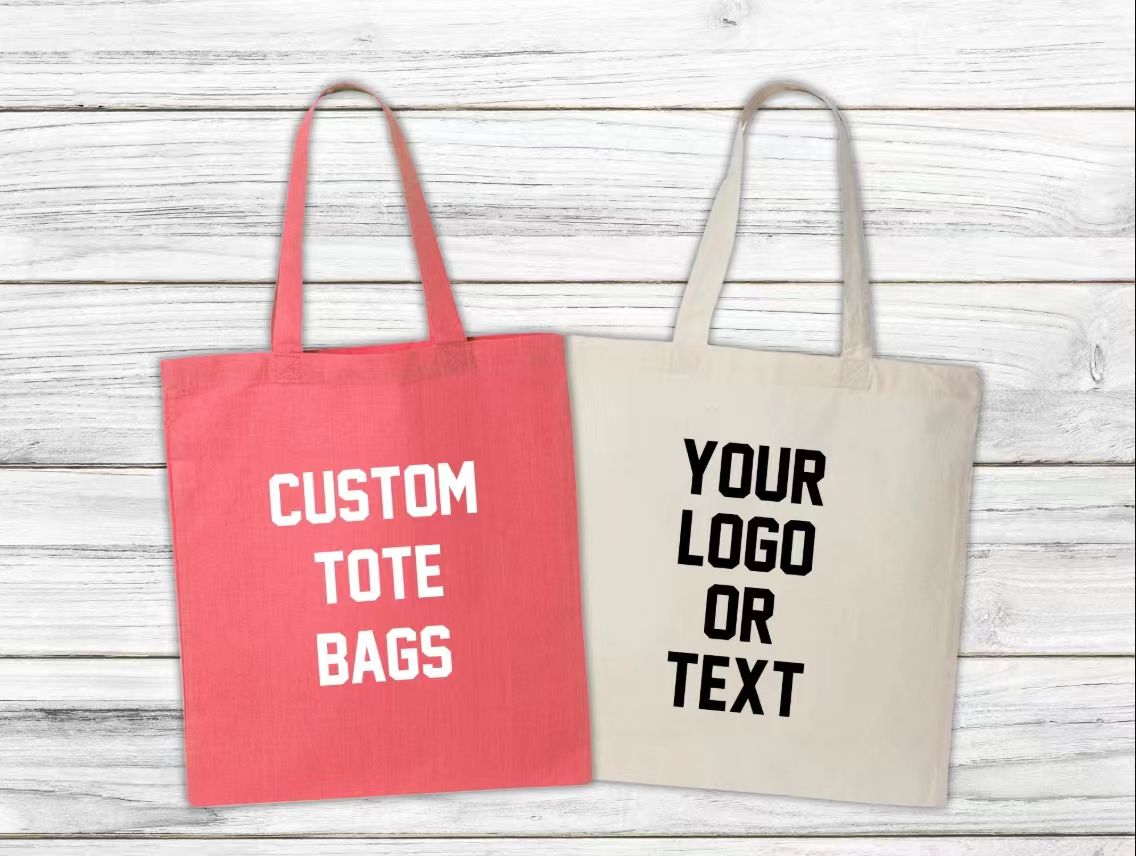
4.1. Develop Your Concept
Logos: Place your brand’s logo prominently but ensure it doesn’t overwhelm the design.
Colors: Use your brand’s color palette for consistency. Bold colors grab attention, while neutral tones feel timeless.
Typography: Choose fonts that align with your brand’s personality—playful, elegant, or modern.
Graphics or Illustrations: Add icons, patterns, or artwork that tell your brand’s story. For example, a coffee shop might include coffee bean illustrations, while a tech company might use sleek, geometric shapes.
4.2. Use Design Software
Create your design using tools like Adobe Illustrator, Photoshop, Canva, or free alternatives like GIMP. Ensure your design is high-resolution (at least 300 DPI) to avoid pixelation during printing.
4.3. Consider Placement
Front and Back: Printing on both sides maximizes visibility but increases costs.
Centered or Off-Centered: A centered logo is classic, while an off-centered design can feel modern.
Full-Bleed Design: A design that covers the entire bag creates a bold, immersive look.
4.4. Keep It Simple
Avoid overcrowding the design with too many elements. A clean, balanced design is more memorable and versatile.
Step 5: Choose a Printing Method
The printing method affects the look, cost, and durability of your design. Common options include:
Screen Printing: Ideal for bold, solid-color designs. It’s cost-effective for large orders but less suitable for complex, multi-color designs.
Digital Printing (DTG): Perfect for detailed, full-color designs. It’s more expensive but allows for intricate graphics and gradients.
Heat Transfer: Affordable for small batches, heat transfer is great for vibrant designs but may fade over time.
Embroidery: For a premium, textured look, embroidery works well for logos or text. It’s durable but limited to smaller designs.
Sublimation: Best for polyester tote bags, sublimation creates vibrant, all-over prints but requires specific materials.
Consult with your manufacturer to choose a printing method that suits your design, budget, and order size. Request a sample or mock-up to ensure the colors and placement meet your expectations.
Step 6: Find a Reliable Manufacturer
Selecting the right manufacturer is crucial for quality and timely delivery. Here’s how to find one:
Research Suppliers: Look for manufacturers specializing in custom tote bags. Websites like Alibaba, MadeinChina, or local printing shops are good starting points.
Check Reviews and Samples: Read customer reviews and request samples to assess the quality of materials and printing.
Compare Quotes: Get quotes from multiple suppliers to find a balance between cost and quality. Be wary of prices that seem too good to be true.
Discuss Turnaround Time: Ensure the manufacturer can meet your timeline, especially for events or product launches.
Ask About Minimum Order Quantities (MOQs): Some suppliers require a minimum order (e.g., 200 bags), while others offer no MOQs for smaller projects.
For eco-conscious brands, prioritize manufacturers that offer sustainable materials and ethical production practices.
Step 7: Place Your Order and Review Proofs
Once you’ve chosen a manufacturer, follow these steps:
Submit Your Design: Provide your design files in the required format (e.g., AI, EPS, or PNG).
Review Proofs: The manufacturer will send a digital proof showing how your design will look on the tote bag. Check for errors in colors, placement, and sizing.
Approve or Revise: Approve the proof if everything looks correct, or request changes if needed.
Place the Order: Confirm the order quantity, pricing, and delivery details.
Double-check the proof to avoid costly mistakes. If possible, order a physical sample before producing a large batch.
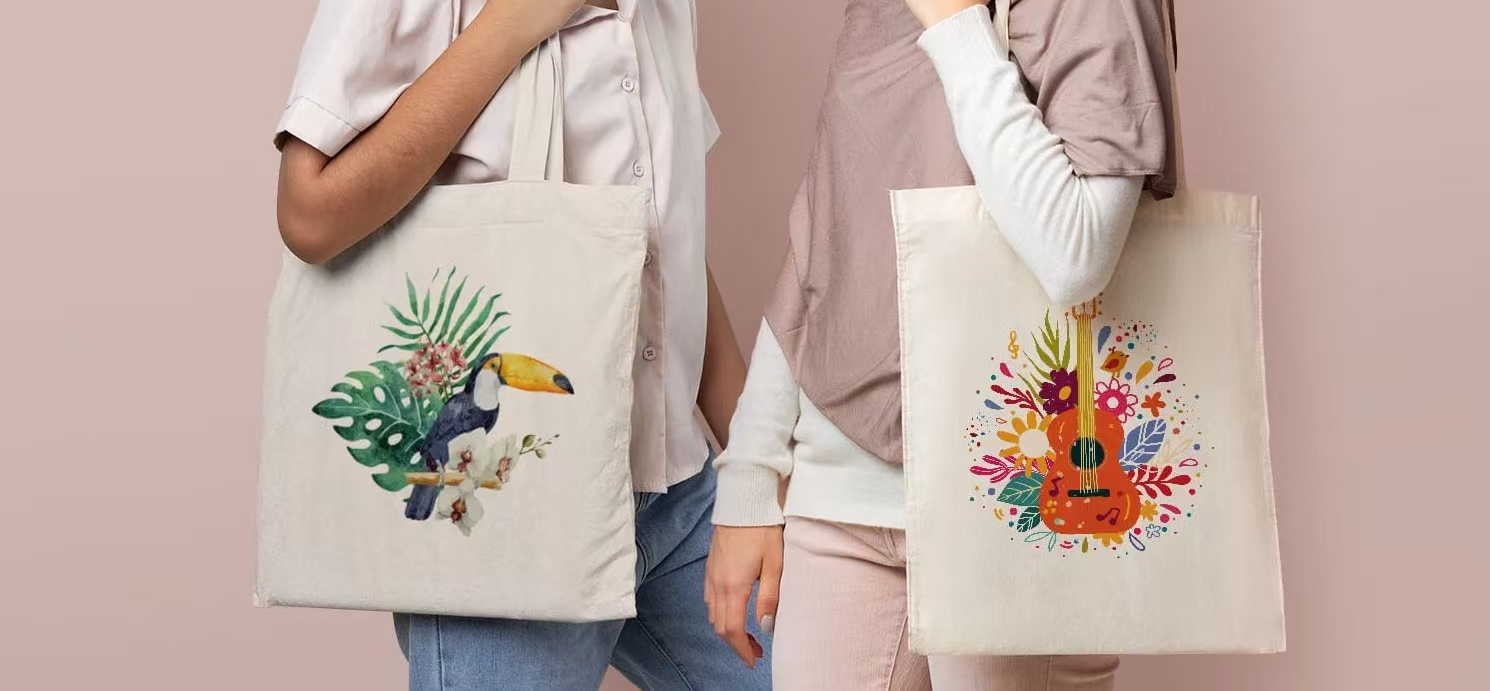
Step 8: Promote and Distribute Your Tote Bag
Once your tote bags are ready, it’s time to get them into the hands of your audience. Here are some ideas:
Giveaways: Offer tote bags as freebies at events, trade shows, or with purchases to boost brand visibility.
Retail Sales: Sell your tote bags online through your website, Etsy, or marketplaces like Amazon.
Social Media Campaigns: Share photos of your tote bags in use, and encourage customers to post with a branded hashtag.
Collaborations: Partner with influencers or other brands to showcase your tote bags to a wider audience.
Eco-Friendly Messaging: If your tote bags are sustainable, highlight their environmental benefits to attract conscious consumers.
Track the performance of your tote bag campaign by monitoring sales, social media engagement, or brand awareness metrics.
Step 9: Gather Feedback and Iterate
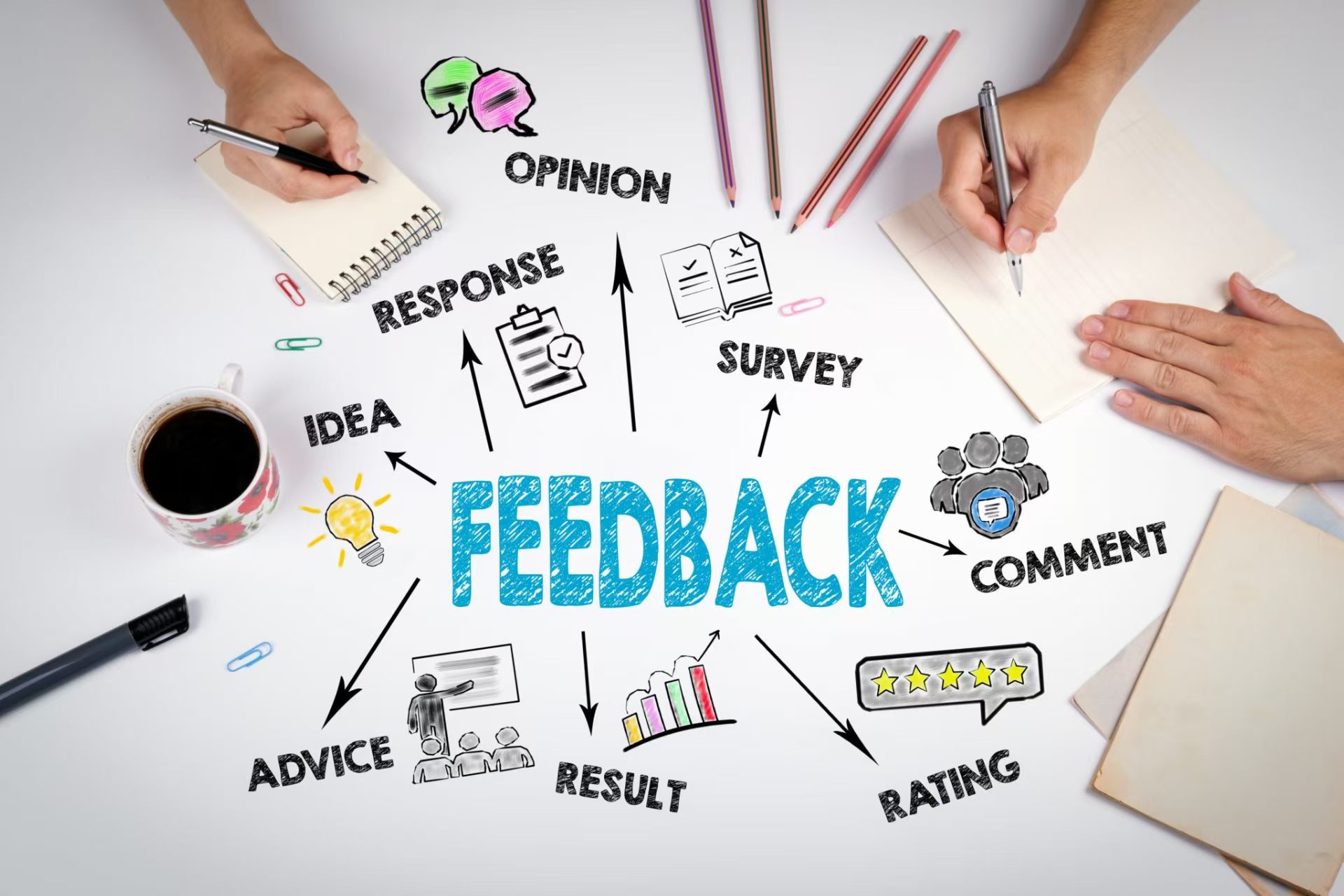
After distributing your tote bags, collect feedback to improve future designs:
Ask Customers: Use surveys or social media polls to learn what they love or want to change about the tote bag.
Monitor Durability: Check if the bags hold up over time and if the print remains intact after washing or heavy use.
Analyze Sales Data: If selling the bags, identify which designs or features are most popular.
Use this feedback to refine your next batch, whether by tweaking the design, switching materials, or adjusting the size.
Final Tips for Success
Stay On-Brand: Ensure every element of the tote bag—material, design, and messaging—aligns with your brand’s identity.
Budget Wisely: Factor in design, production, and shipping costs to avoid overspending.
Plan Ahead: Allow enough time for design, production, and delivery, especially for time-sensitive projects.
Test Small: If you’re unsure about a design, start with a small batch to gauge audience response before scaling up.
Conclusion
Customizing a branded tote bag is a rewarding process that blends creativity, strategy, and practicality. By defining your purpose, choosing the right materials, crafting a standout design, and partnering with a reliable manufacturer, you can create a tote bag that resonates with your audience and elevates your brand. Whether you’re promoting a business, showcasing your art, or simply making a personal statement, a well-designed tote bag is a powerful tool for connection and expression. Follow these steps, experiment with your ideas, and watch your vision come to life—one tote bag at a time.
